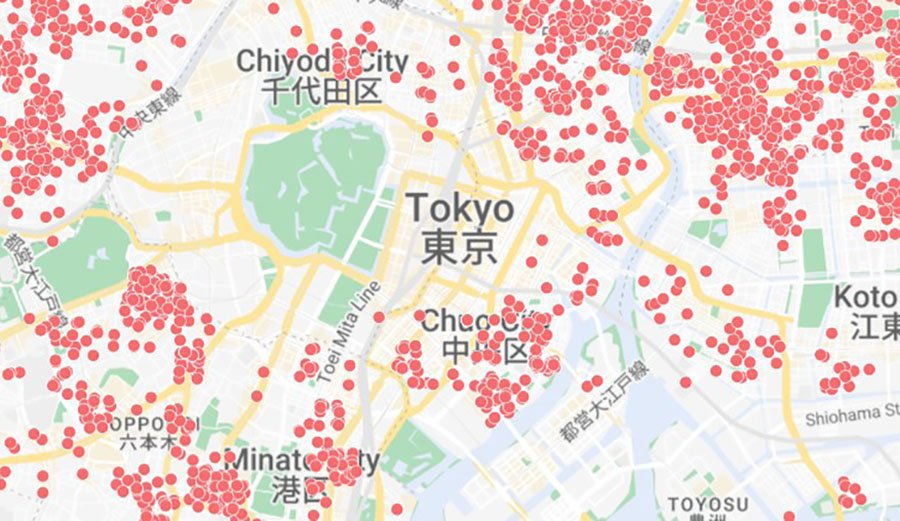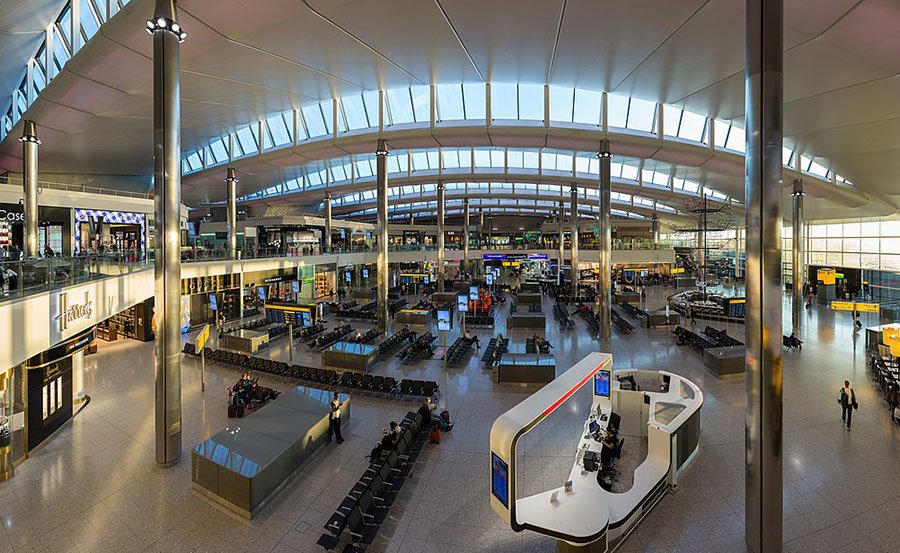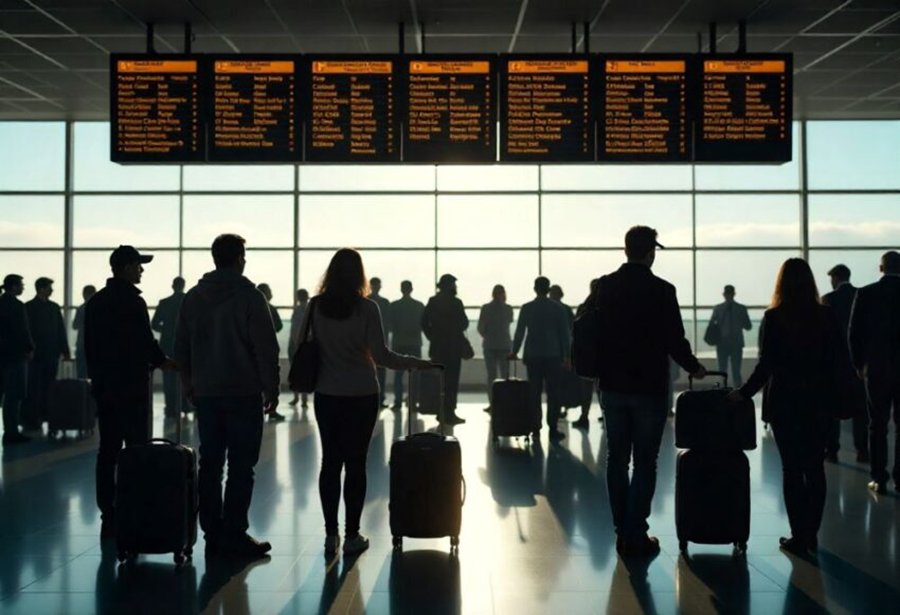читайте также
 Christmas Travel to Europe Disrupted by EES
Christmas Travel to Europe Disrupted by EES
 Airbnb market in Tokyo: foreign traffic, strict regulations and seasonal fluctuations
Airbnb market in Tokyo: foreign traffic, strict regulations and seasonal fluctuations
 Tourism Crisis in the United States: Stricter Entry Rules and Rising Costs Have Crashed Visitor Numbers in California, Florida and Las Vegas
Tourism Crisis in the United States: Stricter Entry Rules and Rising Costs Have Crashed Visitor Numbers in California, Florida and Las Vegas
 South Africa’s tourism boom: double-digit growth reshapes the industry in 2025
South Africa’s tourism boom: double-digit growth reshapes the industry in 2025
 Eurozone Wage Growth Slows, ECB Reports
Eurozone Wage Growth Slows, ECB Reports
 UK Taxes Set to Rise for Airports and Energy
UK Taxes Set to Rise for Airports and Energy
Chaos in Asia: Flight Cancellations and Airport Delays Sweep Japan, China, Indonesia, and Bhutan

Photo: Travel and Tour World
Airports across Asia are facing large-scale disruptions affecting major regional carriers such as Drukair, Garuda Indonesia, Japan Air Commuter, Tibet Airlines, Air China, and Xiamen Air. As of November 19, a total of 66 flights were canceled and 278 delayed, turning travel across the region into an endurance test. Passengers were stranded in Paro, Bangkok, Jakarta, Singapore, Yakushima, Lhasa, Chengdu, and other key hubs, Travel and Tour World reports.
Disruptions in Bhutan, Indonesia, and Japan
In Bhutan, Drukair canceled several Himalayan routes, including flights to Kuala Lumpur, Bangkok, and Paro. Limited airport slots and constrained runway capacity led to long queues and extended waiting times. Many passengers reported difficulties reaching customer service during peak hours.
Garuda Indonesia saw cancellations across both domestic and international routes, including Jakarta, Singapore, Sumatra, and Java. With high load factors, rebooking options quickly disappeared, leaving travelers stranded without alternatives.
In Japan, Japan Air Commuter canceled short-haul flights between Kagoshima, Tanegashima, and Yakushima, creating serious challenges for island residents. Weather disruptions, maintenance checks, and staffing shortages converged simultaneously, amplifying delays.
Cancellations in Tibet and Major Delays in China
In Tibet, flights between Lhasa, Chengdu, Nyingchi, Ngari, and Qamdo were canceled. High-altitude airports, already challenging to operate, were severely affected by sudden weather shifts, causing waiting times of up to 10–12 hours.
In China, multiple hubs faced cascading disruptions. Air China canceled around twenty key routes from Beijing and Shanghai, sparking a chain reaction across the domestic network. Xiamen Air adjusted its schedule in Fuzhou, Beijing, Xiamen, Tianjin, Chongqing, and Dalian, leaving few available seats and long standby lists.
Latest Updates: New Data Emerging
As airlines reshuffle their schedules, new monitoring data show continued escalation. By November 21, the region logged 55 cancellations and over 1,200 delays, according to Travel and Tour World.
In Japan, the largest spike occurred at Tokyo Haneda Airport, with 11 cancellations and 211 delayed flights. In China, Beijing logged 21 cancellations and 124 delays, while Shenzhen Bao’an Airport saw a staggering 369 schedule changes. Indonesia’s main hub, Jakarta Soekarno–Hatta, reported 6 cancellations and 335 delays, with Bali facing 2 cancellations and 114 delays.
Root Causes of the Disruptions
The widespread delays stemmed from multiple overlapping factors. Airports in several countries were already operating near maximum capacity, with dense air traffic, staff shortages, and mandatory technical checks that could not be postponed. In addition, severe weather changes across the Himalayas, Japan, and southern China further strained operations.
These combined pressures led to cascading network effects. Passengers faced long waits, missed connections, and canceled hotel bookings, while business and leisure travel schedules were thrown into chaos. The ongoing peak season has worsened the situation as available seats remain scarce.
Recommendations and Outlook
Travelers are advised to stay calm and act systematically. Regularly checking flight status online or via apps helps respond to changes promptly. Contacting airlines through chat or social media often works faster than phone queues. All delay-related expenses should be documented for reimbursement.
Experts recommend exploring regional carriers or alternative routes and keeping travel insurance documents ready. Airlines expect gradual normalization within 24–48 hours, depending on weather and maintenance conditions. For now, flexibility and patience remain essential — on days like these, a charged phone and steady nerves are worth more than a perfect connection.
Подсказки: aviation, Asia, airports, flight cancellations, China, Japan, Indonesia, Bhutan, tourism, air travel, delays, International Investment





